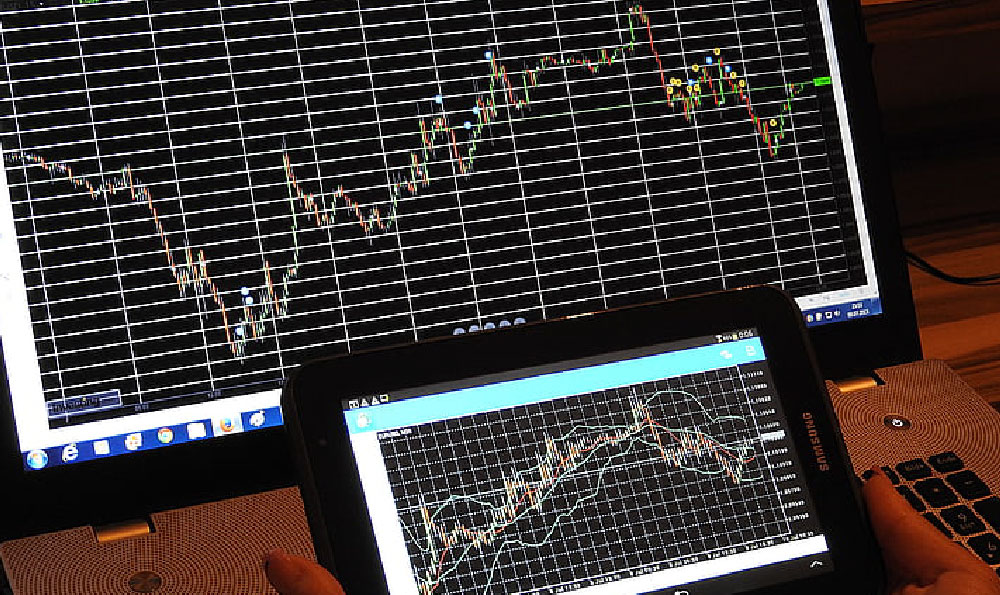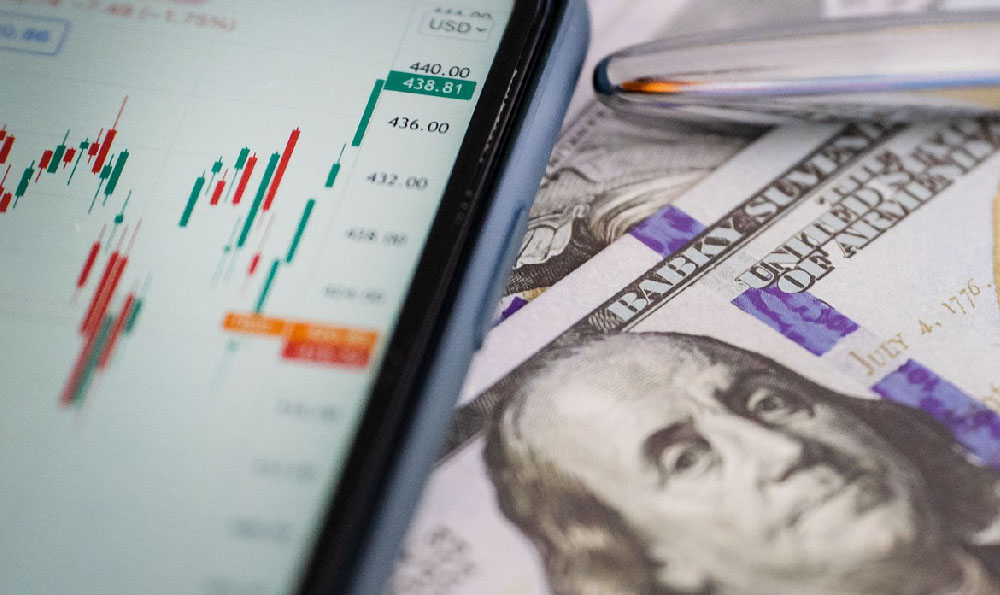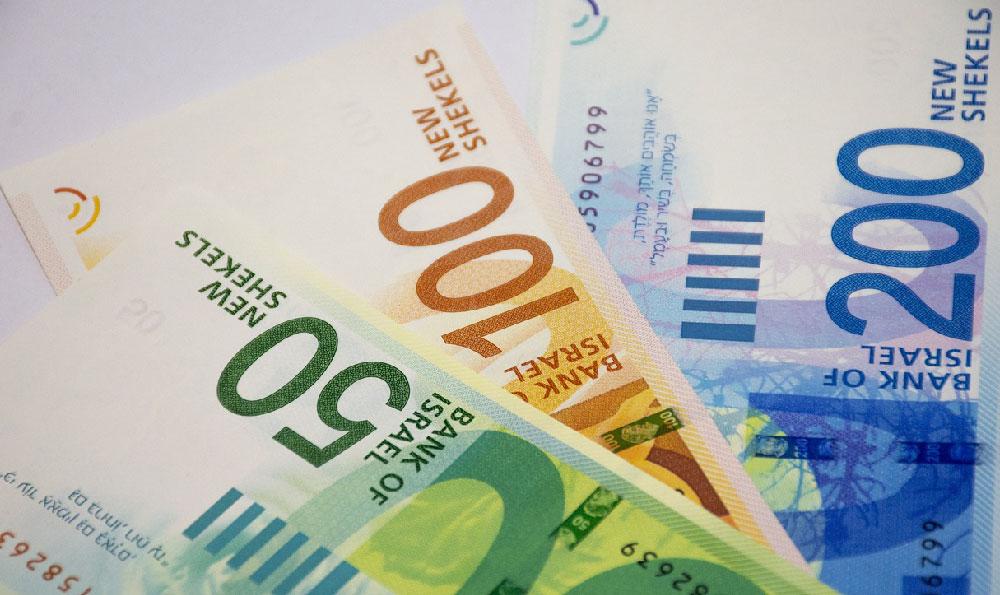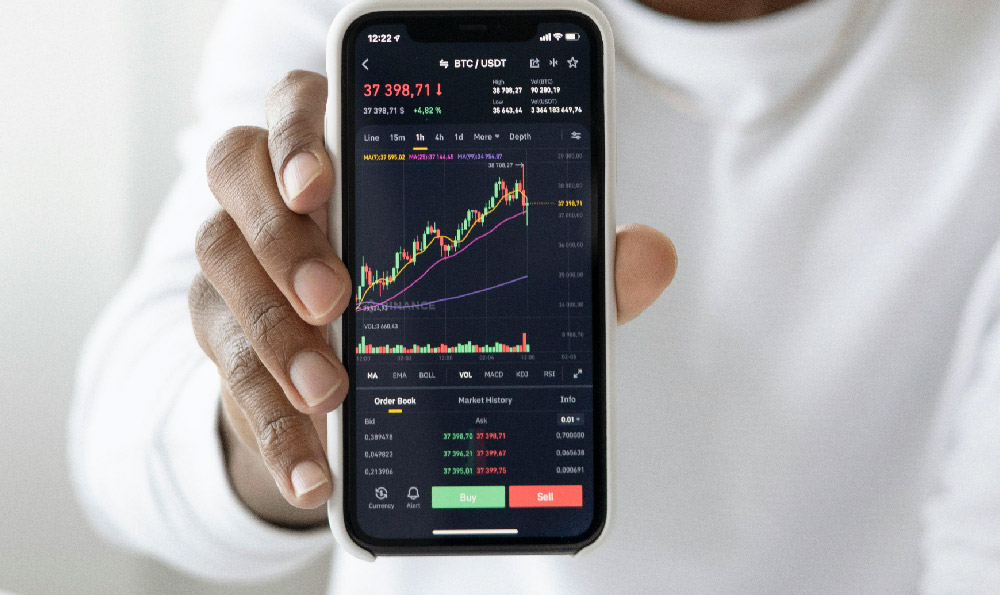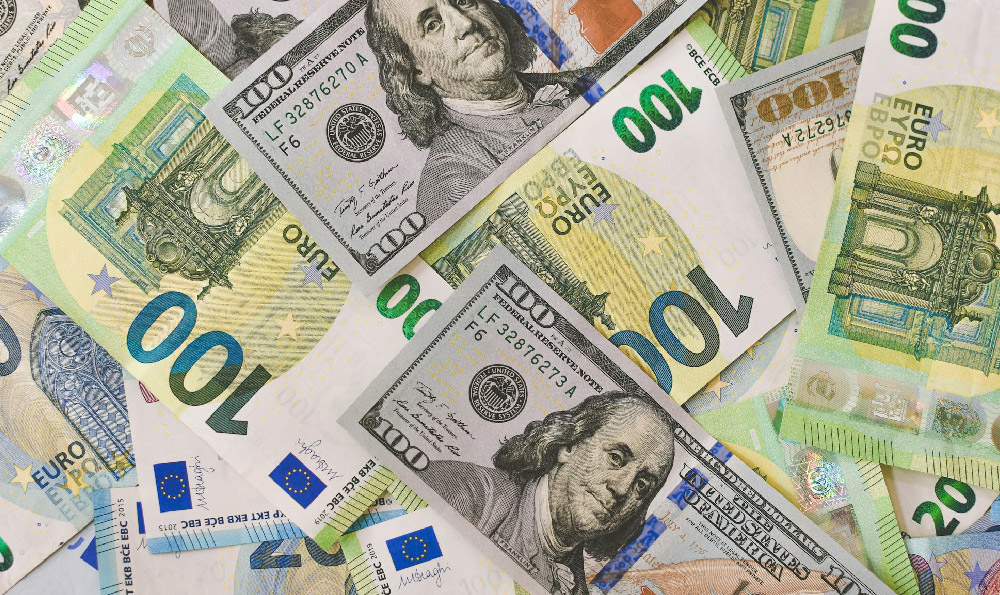The question of how to make counterfeit money, and indeed, whether it's even possible, is fraught with legal peril and technical complexities. It's crucial to state upfront that counterfeiting currency is a serious crime with severe consequences, including lengthy prison sentences and hefty fines. This discussion is purely academic, exploring the reasons why counterfeiting is exceedingly difficult and why pursuing such an endeavor is unequivocally ill-advised.
The allure of creating money is undeniably strong, conjuring images of instant wealth and financial freedom. However, modern currency is designed with multiple layers of security features specifically to deter and detect counterfeiting. These features vary from country to country but generally include sophisticated printing techniques, specialized paper, intricate watermarks, security threads, microprinting, color-shifting inks, and even unique serial numbers. Replicating all these features to a degree that can consistently fool experienced cashiers, let alone sophisticated detection equipment used by banks and law enforcement, is an enormously challenging undertaking.
The paper itself is a significant hurdle. Currency paper is not the same as regular paper. It's typically made from a blend of cotton and linen fibers, giving it a distinctive feel and durability. It also lacks the wood pulp found in most commercially available paper, which is why it doesn't easily turn yellow or disintegrate with age. The specific blend and treatment processes are closely guarded secrets by the printing authorities. Attempting to replicate this paper would require substantial investment in specialized machinery and materials, likely costing far more than any potential gain from counterfeiting.
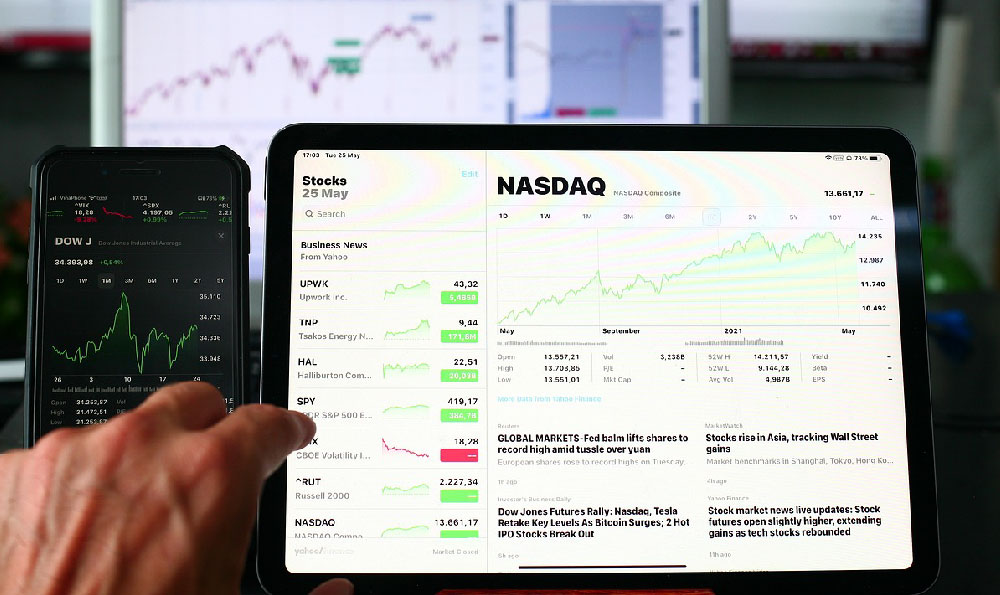
The printing process is another significant barrier. Currency is printed using techniques that are difficult to replicate, such as intaglio printing. Intaglio involves engraving an image onto a printing plate and then pressing the plate onto the paper with immense force. This creates a raised texture that can be felt on genuine currency, a feature that is difficult to convincingly imitate with conventional printing methods. Furthermore, the inks used are often proprietary blends with unique color-shifting properties that change depending on the viewing angle. Matching these inks requires access to specialized chemical formulations and advanced mixing equipment.
Watermarks, those subtle images embedded in the paper, are created during the papermaking process itself. They are formed by varying the thickness of the paper, creating areas that appear lighter or darker when held up to the light. Replicating watermarks accurately requires specialized papermaking machinery and expertise. Similarly, security threads, thin ribbons woven into the paper, are another difficult feature to copy. These threads often contain microprinting or color-shifting properties that are easily detectable under ultraviolet light.
Microprinting, tiny text that is almost invisible to the naked eye, is another layer of security. It's extremely difficult to reproduce accurately using standard printing methods. The resolution required is beyond the capabilities of most consumer-grade printers. Color-shifting inks, as mentioned earlier, change color when viewed from different angles. This is achieved using specialized pigments that are expensive and difficult to obtain.
Even if a counterfeiter were able to overcome all these technical challenges, they would still face the problem of distributing their counterfeit currency. Attempting to pass counterfeit bills at a bank or large retailer is likely to raise suspicion and lead to arrest. Even passing small denominations at small businesses carries a significant risk, as cashiers are increasingly trained to identify counterfeit currency.
Furthermore, the legal ramifications of counterfeiting are severe. In most countries, counterfeiting is a federal crime punishable by lengthy prison sentences and substantial fines. The penalties are often greater than those for other types of fraud or theft, reflecting the seriousness with which counterfeiting is viewed by law enforcement. The risk of getting caught and facing these penalties far outweighs any potential financial gain.
Beyond the technical and legal obstacles, the very act of counterfeiting often involves association with criminal elements. Obtaining the necessary materials and equipment may require dealing with individuals involved in other illegal activities, further increasing the risk of exposure and arrest.
In conclusion, while the theoretical possibility of creating counterfeit money might exist, the practical challenges and legal risks are so immense as to make it an extremely foolish and dangerous undertaking. The sophisticated security features of modern currency, combined with the vigilance of law enforcement, make it exceedingly difficult to produce convincing counterfeit bills. The potential rewards are minuscule compared to the almost certain consequences of getting caught. It's far more prudent and rewarding to pursue legitimate avenues for financial gain, focusing on education, hard work, and ethical investments. Instead of dreaming of shortcuts, aspiring financial success stories should focus on building genuine skills and contributing positively to society. The pursuit of legitimate wealth creation not only provides financial security but also fosters a sense of accomplishment and integrity that is impossible to achieve through illegal activities.



